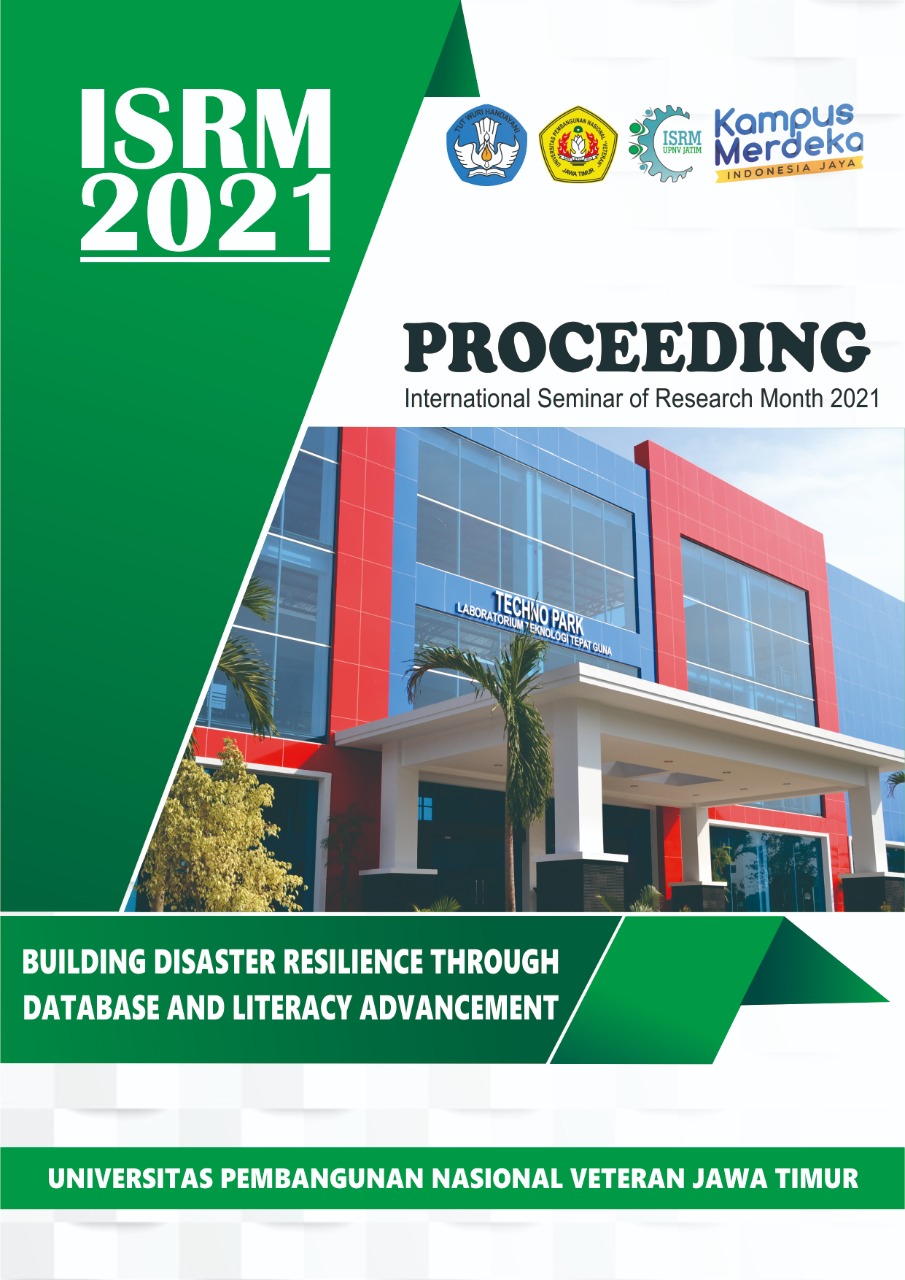Effectiveness of Ameliorant Humic Acid and Silica Based on Availability of Sandy Soil Nitrogen for Rice
DOI:
https://doi.org/10.11594/nstp.2022.2467Keywords:
Humic acid, silica, rice, nitrogenAbstract
Sandy soils generally have high macro pores and a low ability to provide water and plant nutrients. This condition is caused by the soil matrix which has almost no negative charge, so there is no strong adsorption capacity for ions and water. The next impact is that nutrients and water are easily lost because they are washed or evaporated. Nitrogen loss has been reported to reduce rice production by 6.10%. The purpose of the study was to examine the effectiveness of ameliorants based on humic acid and silica in improving nutrient availability and sandy soil water. Humic acid from compost and silica from husk charcoal is expected to increase the negative charge of the soil (cation exchange capacity) so that it can adsorb and fix (chelate) nutrient ions such as nitrogen. The study was structured using a factorial Completely Randomized Design (CRD). The first factor is silica dose with a level of 0 ton/ha, 0.5 ton/ha, 1 ton/ha, and 1.5 ton/ha. The second factor is the dose of humic acid with a level of 0 kg/ha, 20 kg/ha, 40 kg/ha, and 60 kg/ha. Rice plants are used as growth indicators. Observation parameters include the availability of N in the soil, the growth of rice plants which includes plant length and the number of tillers, and plant chlorophyll. The results showed that the combination of humic acid and silica had no significant effect on plant length, the number of tillers, and nitrogen availability in the soil. However, it has a significant effect on plant chlorophyll.
Downloads
Downloads
Published
Conference Proceedings Volume
Section
License
Copyright (c) 2022 Siswanto, Wanti Mindari, Setyo Budi Santoso, Rusyla Dwi Rahayu

This work is licensed under a Creative Commons Attribution 4.0 International License.
Authors who publish with this proceedings agree to the following terms:
Authors retain copyright and grant the Nusantara Science and Technology Proceedings right of first publication with the work simultaneously licensed under a Creative Commons Attribution License that allows others to share the work with an acknowledgement of the work's authorship and initial publication in this proceeding.
Authors are able to enter into separate, additional contractual arrangements for the non-exclusive distribution of the proceedings published version of the work (e.g., post it to an institutional repository or publish it in a book), with an acknowledgement of its initial publication in this proceeding.
Authors are permitted and encouraged to post their work online (e.g., in institutional repositories or on their website) prior to and during the submission process, as it can lead to productive exchanges, as well as earlier and greater citation of published work (See the Effect of Open Access).














